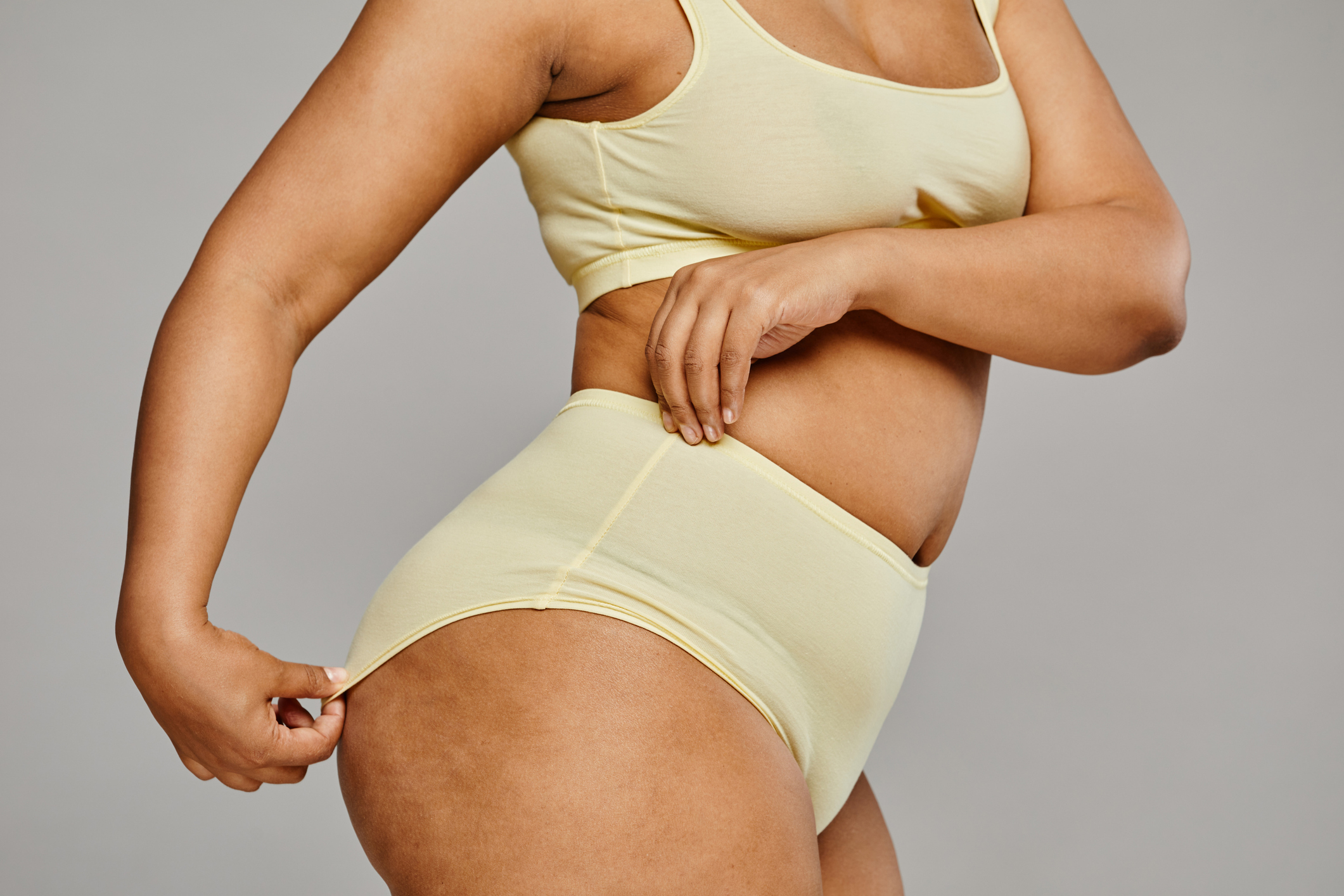To get to the bottom of whether lace undergarments are so bad for us, we consulted doctors who specialize in vaginal health.
It’s common knowledge that cotton underwear is the best choice for the health of your nether regions. Many people, however, choose to ignore this advice for the sake of fashion and opt for knickers that are made out of lace or satin.
Yet, three countries, Russia, Belarus, and Kazakhstan, effectively banned lace panties in 2014. The bans aren’t about modesty or concerns about what people might be doing in the privacy of their bedrooms. Instead, these governments think that lace underwear without a cotton lining is unhygienic and poses a threat to one’s health. In the wake of these bans, protests broke out as women demanded the right to choose their underwear.
To get to the bottom of whether lace panties are so bad for us, we consulted doctors who specialize in vaginal health.
What’s the big deal with cotton, anyway?

Cotton underwear is often the most comfortable option, but there are some health benefits to wearing it too, said Dr. Jennifer Angler, a urogynecologist and co-author of ”A Woman’s Guide to Her Pelvic Floor: What the F*@# Is Going On Down There?” Cotton is considered the “gold standard” of panties when it comes to wicking away moisture and keeping the vaginal area clean and fresh, she said.
“The reason so many doctors recommend cotton panties, or at least cotton crotches, is that cotton is a very gentle, absorbent and breathable material,” said Dr. Victoria Scott, a urogynecologist and one of Angler’s co-authors. Synthetic materials like spandex and nylon may trap moisture and heat. This creates “an ideal environment for bacteria and yeast to grow and cause infection,” Scott said. Moreover, because cotton is “a gentle fabric,” it is less likely to “cause vulvar irritation,” which is uncomfortable and can be painful, she added.
People with certain health conditions should stick to wearing underwear with cotton crotches most of the time. “If you are prone to yeast infections, bacterial vaginosis, or urinary tract infections, panties with cotton crotches may decrease your risk of developing infections,” Scott said. Additionally, people who have vaginal dryness or vulvar irritation or pain may find that panties with cotton crotches help keep them more comfortable.
Greves adds that those with diabetes or who are pregnant are at higher risk for developing yeast infections and should stick with cotton linings to stay healthy.
Those who want the benefits of cotton but the look of lace should look for panties with cotton crotches or cotton inserts. “The crotch is the most important part of panties for vulvar and vaginal health,” Scott explained. Underwear with a cotton crotch “allow for lace, or any material, underwear to be worn but with the comfort of cotton right where it matters most,” Angler said.
What happens if you don’t have a cotton lining?

The biggest danger in wearing underwear without a cotton crotch is that moisture can build up, which allows yeast and bacteria to thrive, Scott explained.
Overgrowth of yeast can cause uncomfortable yeast infections. When bacteria starts growing in the vaginal area, “it may lead to an imbalance of healthy bacteria in the vagina” and cause bacterial vaginosis (BV), said Dr. Erica Montes, an OB-GYN. BV causes discharge that “can appear thin or milky and possibly cause a fishy odor,” she explained. BV is not just unpleasant, but it may “require antibiotics that are prescribed by your physician,” she said.
Despite the risks, Scott says that wearing panties made out of other materials “is certainly not dangerous” for most people. Because “the balance of bacteria in the vagina is different for all women,” many can wear non-cotton underwear without any negative effects, Montes explained.
Dr. Christenie Greves, an OB-GYN, emphasizes that lace undies have advantages for some. If you choose a high-quality pair, it “is soft, so it may feel good. … Don’t toss out your lace panties if you happen to enjoy wearing them” and they aren’t causing any problems, Scott said.
Consider what you’re wearing them for

Montes encourages her patients to consider wearing the right type of underwear for the season and the occasion. Greves stresses that the phrase “everything in moderation” can also apply to lace underwear.
All-lace panties may be fine in the cold of winter, but they can start to cause problems in the heat of summer when “sweating is more common,” Montes said. Greves explained that wearing lace undies on special occasions might be fine, but “during a regular day or when you are working out, you may not want to risk frustrating your lady parts.”
The bottom line

Scott also recommends that people who are prone to infections or “vulvar or vaginal discomfort” wash their underwear with fragrance-free detergent and avoid fabric softeners. Fit is also important. Panties that are too tight “may increase risk of infection or irritation,” she said. Going commando at night is also helpful because it gives “your vulvar skin a break from coverage and reduces the risk of chronic irritation,” Scott explained.
According to Scott, some people will continue to develop vaginal infections or vulvar irritation even after wearing panties that have cotton crotches and developing other healthy habits. For these folks, “it is worth trying panties that are made of 100% cotton,” she said.
Greves says that the goal for most women “is not to think about their lady parts.” That means that “if a pair of beautiful lace panties” causes discomfort, pain, or an infection “then they may not be right for you,” she said. However, Greves encourages her patients to experiment and figure out what works for them.
Credit: Source link